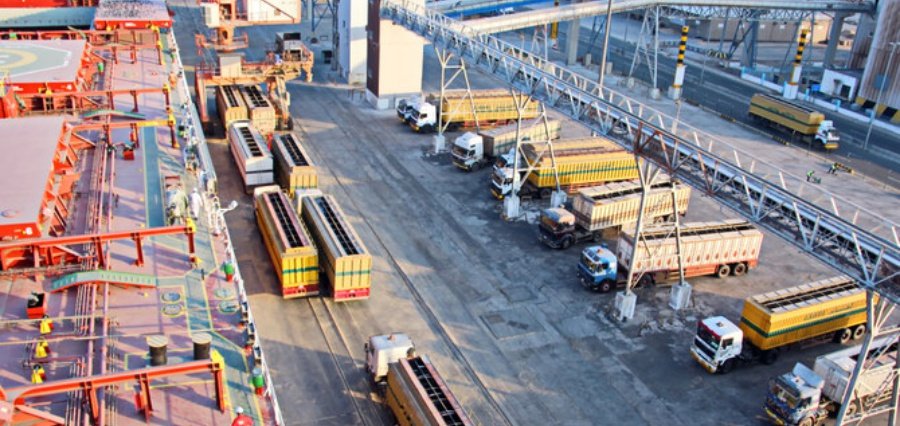Prime Highlights:
Saudi Arabia’s non-oil exports surged 19.7% year-on-year in November, totaling SR26.92 billion ($7.18 billion), reflecting progress in economic diversification.
Chemical products led export growth, making up 24% of total non-oil exports, followed by plastic and rubber products at 21.7%.
The ratio of non-oil exports to imports rose to 36.6% in November 2024, up from 34.8% in the same month last year.
Key Background:
Saudi Arabia’s non-oil exports saw a significant 19.7% year-on-year increase in November, reaching SR26.92 billion ($7.18 billion), according to the latest data from the General Authority for Statistics (GASTAT). This growth reflects the Kingdom’s ongoing efforts to diversify its economy and reduce dependence on oil revenues.
Chemical products emerged as the leading sector, contributing 24% to total non-oil exports. Plastic and rubber products followed, accounting for 21.7% of the total exports. These sectors have been pivotal in the Kingdom’s Vision 2030 initiative, which aims to foster a more diversified and sustainable economic structure.
The latest report from GASTAT indicates that the ratio of non-oil exports to imports increased to 36.6% in November 2024, compared to 34.8% in November 2023. This growth was driven by the 19.7% rise in non-oil exports, while imports saw a more modest 13.9% increase during the same period.
Despite a 4.7% decline in total merchandise exports year on year, largely due to a 12% drop in oil exports, the shift towards non-oil exports signals progress in Saudi Arabia’s diversification efforts. Oil exports now make up 70.3% of total shipments, down from 76.3% in November 2023. China continued to be Saudi Arabia’s largest trading partner, with exports to the Asian nation reaching SR13.53 billion. Other major export destinations included Japan, the UAE, and India, with exports valued at SR8.93 billion, SR8.75 billion, and SR8.74 billion, respectively.
On the import side, Saudi Arabia’s imports rose 13.9%, totaling SR73.65 billion. However, the Kingdom’s merchandise trade surplus fell by 44.3% to SR16.89 billion. China was again the dominant supplier, accounting for SR20.11 billion of the Kingdom’s imports, followed by the US and the UAE. King Abdulaziz Sea Port in Dammam remained the top entry point for imports, handling SR18.19 billion worth of goods, or 24.7% of total inbound shipments.




